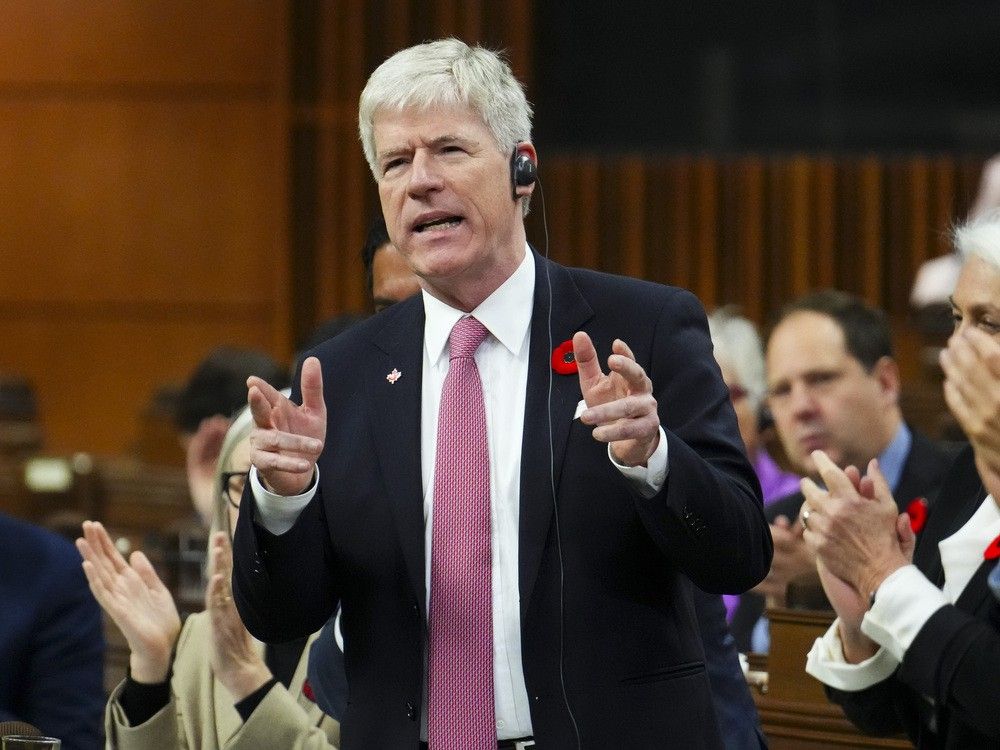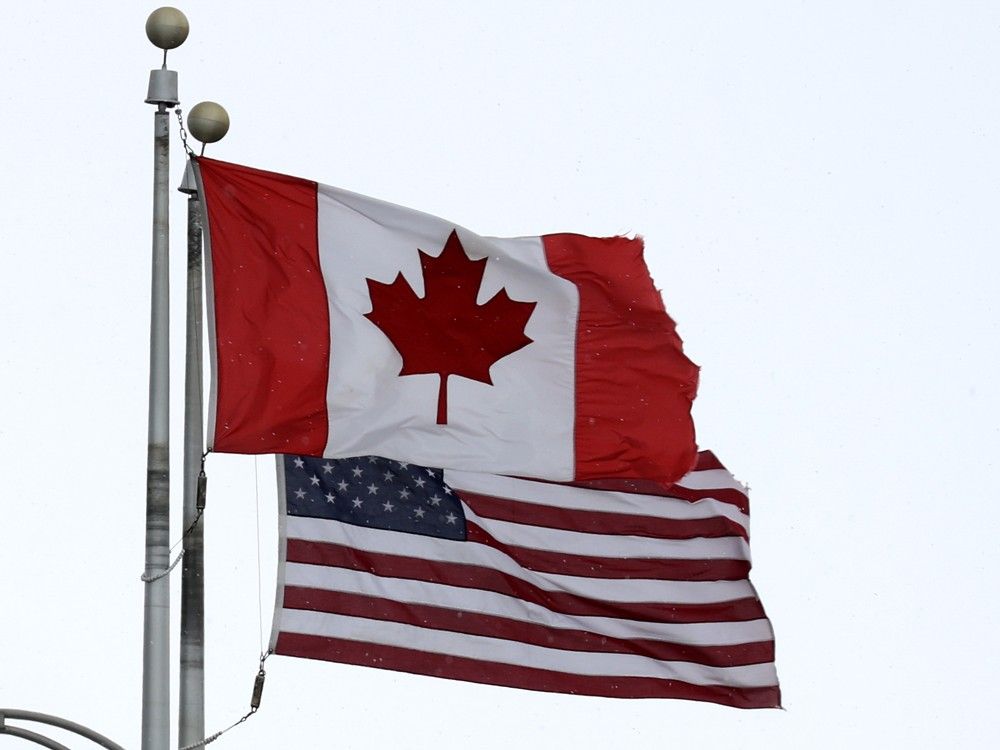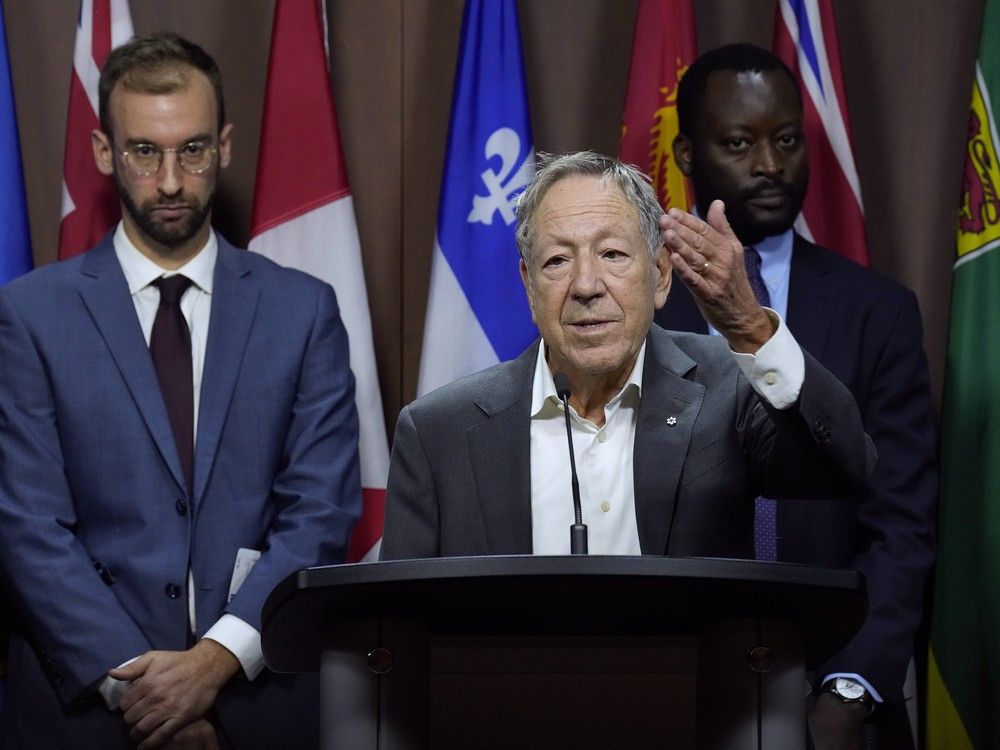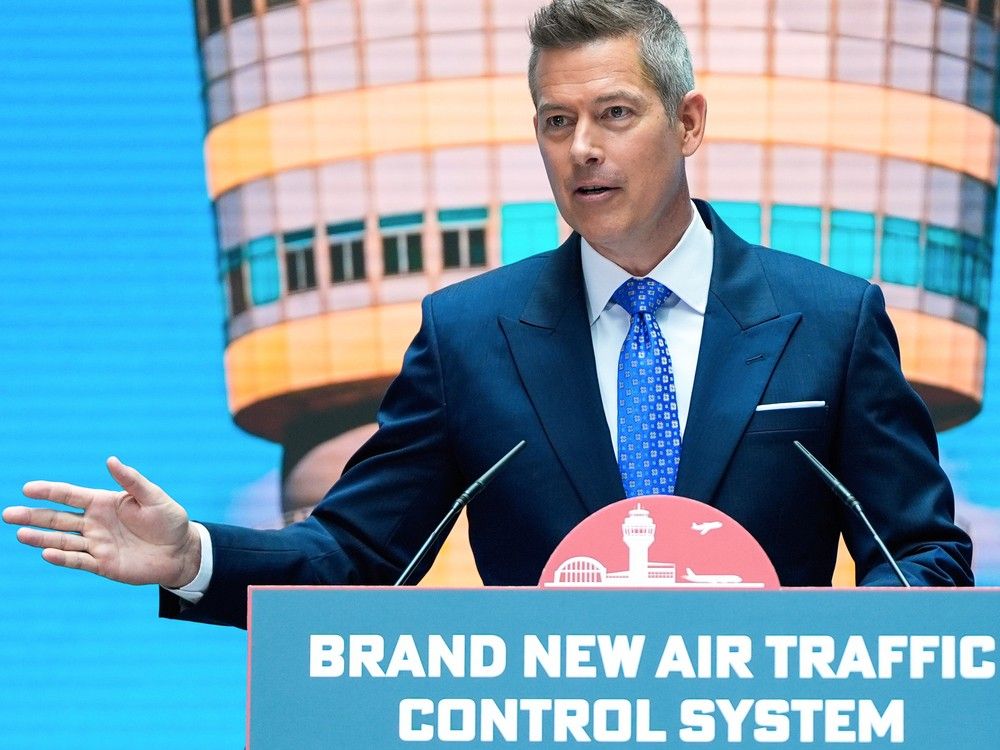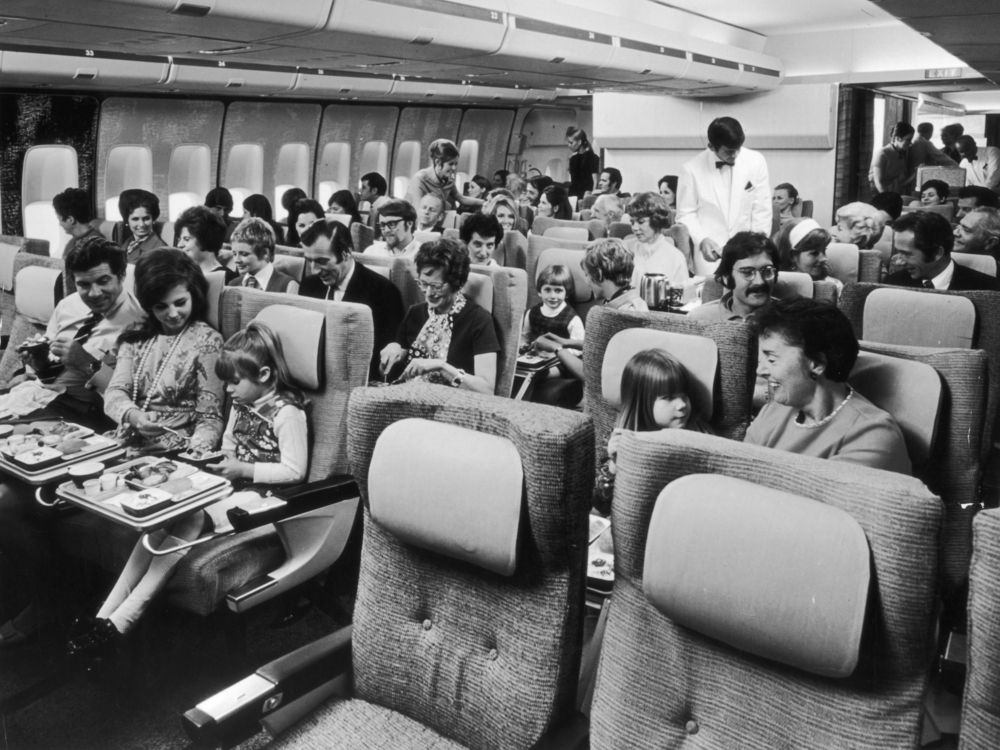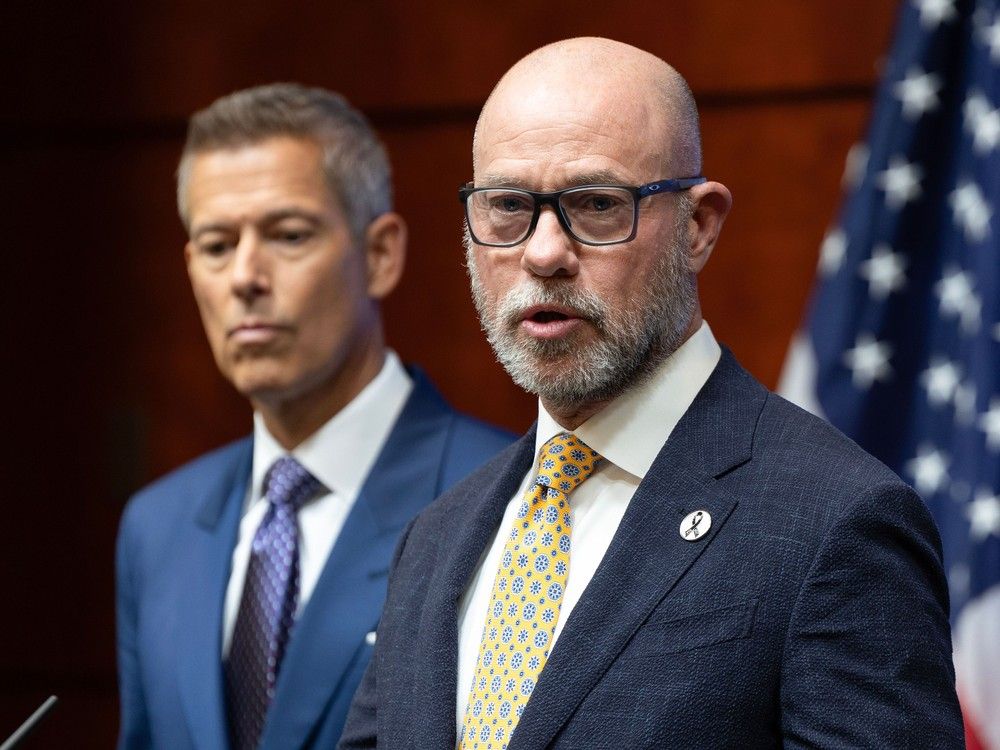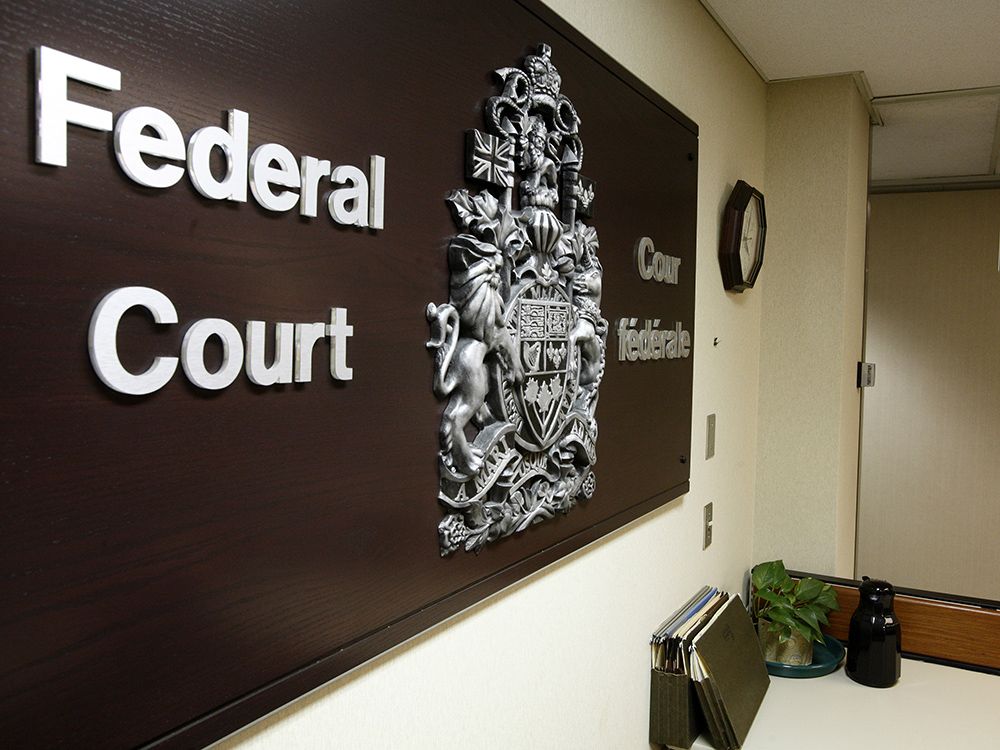
A 14-year dispute over tennis that veered into a bizarre feud between a wealthy Canadian businessman and an American billionaire — both reclusive, fierce personalities — has reached some conclusion with a jury in Florida delivering a US$50 million blow to the Canadian.
Toronto businessman Harold Peerenboom, 78, and U.S. billionaire Isaac “Ike” Perlmutter, 82, the former CEO of Marvel Entertainment, have been scrapping in court for a decade, and, within their shared ocean-front community in Florida, for years longer, but it took a jury less than four hours on Friday to reach a verdict in a hotly fought civil suit.
The Palm Beach County jury sided with the Perlmutters, awarding $16,011 in damages to Isaac Perlmutter and $50,016,011 to his wife, Laura Perlmutter.
By the time of the verdict it was no longer about tennis.
It had twisted and morphed, grown and festered into harsh claims and counterclaims over prolific hate-mail campaigns and “an international conspiracy” to take, analyze and share the Florida couple’s DNA, court heard.
“It was a petty dispute” at the start, Joshua Dubin, lawyer for the Perlmutters, said in an interview. “I think that Mr. Peerenboom picked a fight with the wrong people. And he took it too far.”
For his part, Peerenboom’s lawyer, Jordan Cohen, suggested the verdict might be appealed.
Both characters at the forefront of this drama are unusual and dramatic in their own way. Both have vast self-made wealth and are described as strong-willed. Their dispute has been called cartoonish, an easy go-to, especially when Perlmutter oversaw Marvel, the comic book giant — X-Men, Spider-Man, Iron Man, Captain America, Wolverine, and so on — properties that became box office gold through blockbuster movies.
Perlmutter is known as reclusive. Hollywood Reporter said it hired an illustrator in 2016 to sketch what he “might look like” because he seemed “pathologically private” to the point of secretly attending the 2008 movie premiere of Iron Man in disguise.
Perlmutter sold Marvel to Disney in 2009 for $4 billion. He left the company, and sold his substantial Disney shares, in 2023.
Perlmutter’s public shyness seems to have relaxed. He is friends with U.S. President Donald Trump and recently was photographed sitting next to him at Trump’s Halloween dinner party at Mar-a-Lago. He was also photographed next to Elon Musk at Trump’s January inauguration, and later in the Oval Office.
Peerenboom is a self-made millionaire who was born and raised in what is now Thunder Bay, Ont. He went by the anglicized name Harold Perry in his early years, after moving to Toronto to make his fortune. He was brash and driven and started a Canadian version of a headhunting firm, Mandrake, that became a successful executive search firm and gave him contacts in top-tier offices across the country.
Peerenboom had early splashes in the press and a colourful presence in politics in Toronto, where he was nicknamed “Scary Harry Perry.” He became known for fighting points of principle and pet peeves to extraordinary lengths.
Peerenboom turned publicity shy in recent years. For a feature on him in 2017, CBC was forced to use an old headshot photo scraped from his firm’s website.
In 2010, Peerenboom and the Perlmutters became neighbours when the Canadian bought a lavish townhome at Sloan’s Curve, a ritzy condominium complex on a narrow spit in Palm Beach with water views on both sides. It is down the road from Mar-a-Lago, Trump’s private club with residences.

The clash of the titans started with a dispute over the gated community’s tennis instructor.
The two disagreed on retaining the pro, who had been there for years. The disagreement became a legal battle, with the tennis pro suing Peerenboom and others, with Perlmutter funding her case.
That’s when poison-pen letters started arriving at homes around Sloan’s Curve, anonymously mailed and making false and
scurrilous
allegations about Peerenboom. They kept coming. Some 2,000 letters over more than three years. Some allegations were outrageous — including sex assault and murders.
Even Perlmutters’ lawyer said the letters were dreadful.
“It was awful, and it was a horrific thing against Mr. Peerenboom,” Dubin said. “He quickly suspected that the Perlmutters were behind it, simply because he had that tennis dispute with them,” he said.
It was during the legal dispute with the tennis pro, when Peerenboom suspected the Perlmutters were behind the letters, that the DNA incident occurred, court heard.
A plan was hatched to link the couple to the hate mail by comparing their DNA to DNA found on letters, court heard. According to the statement of claim from the Perlmutters, they were subpoenaed to give evidence in depositions in the tennis case.
Court heard a crime scene technician was flown in to secretly collect the Perlmutters’ DNA when they came to answer questions in 2013, and that the tech treated sheets of paper to facilitate the collection of genetic material when touched. Both the paper and bottles of water were surreptitiously taken and sent to testing labs by Peerenboom’s team, court heard.
The testing excluded the Perlmutters as suspects, court heard. Despite that, court heard, Peerenboom pressed ahead with allegations against them, including publicly to the New York Times and the Globe and Mail in 2016, court heard.
Both businessmen were now suing each other and as the colourful and alarming feud meandered for a decade through Florida courts there was a riot of media coverage, with neighbours, socialites and business associates watching in dismay.
The first blow to Peerenboom came in 2021 when his lawsuits against the Perlmutters were dismissed by a court. Florida headlines declared their feud over. It wasn’t.
Both of the Perlmutters testified at a three-week trial this month into their counterclaims. Afterwards, the jury accepted their claims of civil conspiracy to steal DNA, abuse of process and defamation, and awarded additional damages for loss of enjoyment of life and humiliation. The verdict was against both Peerenboom and a lawyer for an insurance agency linked to the DNA plot.
It didn’t look good for them when, after an hour and a half of deliberating, the jury asked the judge to send in a calculator.
The verdict was welcomed as vindication by Dubin.
“Laura Perlmutter spent her whole life with a sterling reputation. She was known for philanthropy. She was known for giving to her community and those in need,” he said.
“All she had was her name. And I think that the facts were very clear that being accused of a crime you didn’t commit, being accused of being involved in this awful hate-mail campaign is about as devastating as it gets. And I think that the damages were perfectly appropriate.”
Cohen, Peerenboom’s lawyer, suggested the case still might not be over.
“While we continue to have the utmost faith in the jury system, we take issue with their verdict on the defamation claim where they were invited into error and rendered a verdict unsupported by the evidence presented at trial,” Cohen said in a statement to the Post.
“We do not litigate matters in the press and will reserve our post-verdict and appellate arguments for the courts.”
Lawyers said both men still own their property at Sloan’s Curve.
• Email: ahumphreys@postmedia.com | X:
Our website is the place for the latest breaking news, exclusive scoops, longreads and provocative commentary. Please bookmark nationalpost.com and sign up for our newsletters here.






